Today, coffee lovers are seen crowding at the nearest café for their morning energy jolt. For them mornings are not the same without the comforting aroma and the rich taste.
Beyond all this there is a key ingredient – caffeine. Understanding how much you actually intake is surprisingly crucial.
Caffeine is a natural stimulant responsible for –
- That energy in your step
- The sharpened focus
- The overall feeling of alertness
But just like any superpower, you need to use it responsibly. Overdoing it can lead to –
- Jitters
- Anxiety
- A disrupted sleep schedule
This is not exactly what you wish!
If you are in Michigan, visit Lucky Detroit Coffee & Espresso the local favourite serving in more than 9 locations.
Just Google ‘coffee near me’ and you can get directions to the nearest location. Their baristas at each location serve the best coffee varieties and snacks.
Whether you are a casual coffee drinker or a dedicated buff, knowing the caffeine level in your glass can really help you personalize your coffee experience. Here are some ways to measure the amount of caffeine you intake daily.
Know your coffee type
The coffee type you choose dramatically impacts its caffeine content.
- Espresso shot: 63 milligrams of caffeine per ounce
- Drip coffee: 95 milligrams of caffeine per ounce
- Cold brew: 100 to 200 mgs per 8 ounce servings
- Decaffeinated coffee: Less than 5 milligrams of caffeine per 8 ounce [minimal caffeine]
Check the serving size
Coffee size also matters. A standard serving size in a cup is eight ounces, but many coffee shops offer larger sizes.
So, obviously when the size is doubled from eight to sixteen ounces, you will get exactly twice the caffeine content from the same coffee type and strength. Always watch the portion you are consuming.
Understand the brewing method
There are several brewing methods, which influences the caffeine level.
- Drip brewing: It is a method used at home and typically produces moderate amount of caffeine.
- French press: When soaked for lengthy time, French Press effectively extracts high level of caffeine.
- Cold brew: Cold brew coffee grounds when seeped for a prolonged period obtains rich and concentrated caffeine extract.
- Espresso: The shots are low in volume but slightly concentrated.
Understanding these methods can help you estimate the caffeine content in your cup.
Coffee bean types
- Arabica beans contain less caffeine and are popular for their flavors.
- Robusta beans contain more caffeine and have a stronger, more robust taste.
Many coffee shops provide details about the bean type used, allowing you to choose your caffeine preference.
Ask your barista
If you have doubts, ask your barista. They provide precise details about the caffeine content, especially if it is a specialty blend or a unique brewing method.
A good café has knowledgeable staff that can guide you to a beverage that suits your caffeine needs.
The bottom line
It is essential to know the levels in different coffee types, brewing methods, and serving size to choose a coffee variation that suits your needs.
Getting your daily fix is not the goal but understanding the impact this powerful stimulant has on your body and mind matters. Your coffee experience has to be positive and energizing, perfectly tailored to your needs.

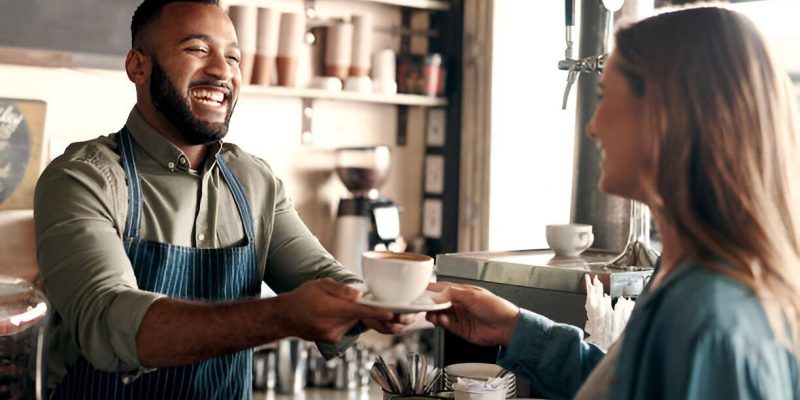
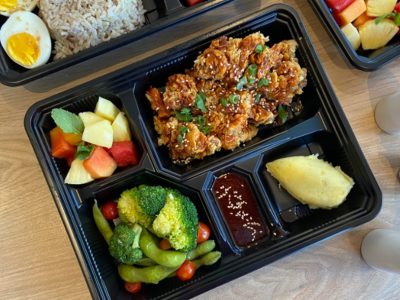
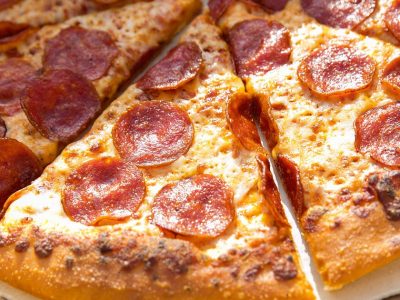

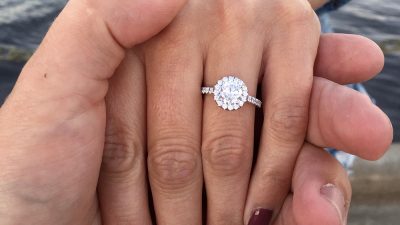
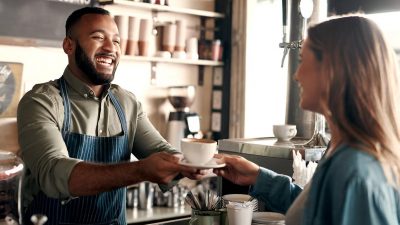
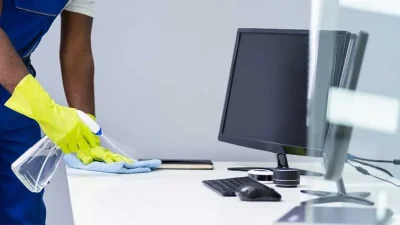
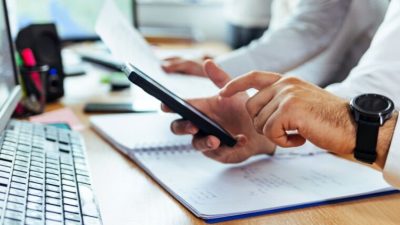
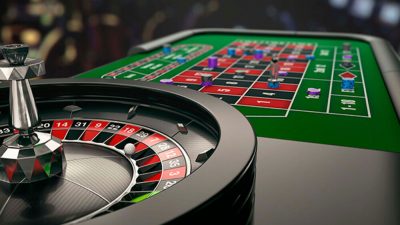
Comments